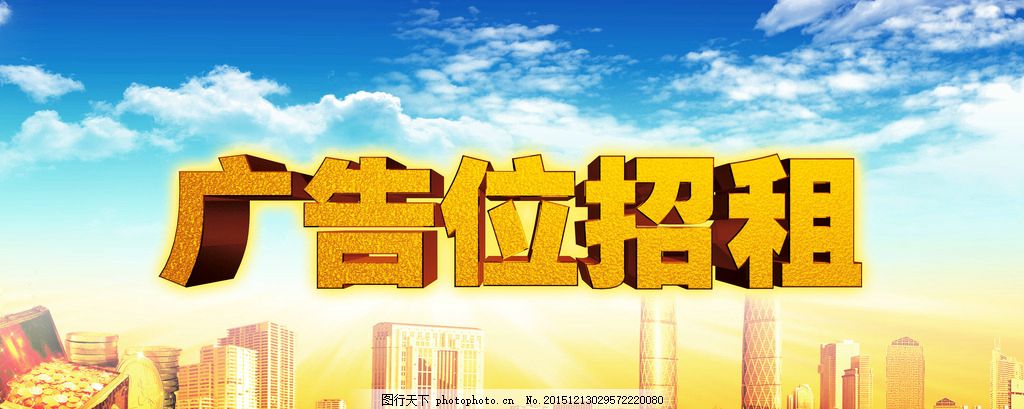我的世界【作者杂谈】论Crucial 2是如何设计内容布局的
前言:
本文为Vazkii于8月14号在推特发表的一系列针对游戏路线设计的贴子合集。
我想讨论一下Crucial 2所采用的设计,具体来说就是编排内容的方式。
I want to talk a bit about the design that went into Crucial 2. In particular, the way the content is laid out.

在进行了简化的前提下,我们可以用一种简单的节点图来描绘任何游戏,从开头到结尾。在下面的简单例子中一个线性游戏会呈现出以下的流程:
In a reductive form, you can chart any game in a simple node graph, from the start to the end. Here’s a very simple example of a linear game, and what the flow chart for it would look like.

我所关注到的并不是流程本身,而是玩家在游戏的任意一个节点所拥有的的“可见性”。在这里我们可以将“可见性”定义为在任意节点中“玩家所了解的内容”。在《超级马里奥兄弟》中,你只会知道当前游玩的关卡和之前所有打通的关卡会是什么面貌。
The thing I’m interested here isn’t the flow chart, but rather the player’s visibility at any point in the game. We can define visibility as “the content the player is aware of” at any point. In Super Mario Bros, you only know of the current level, and all the previous levels.
通常情况下为了建立起整个游戏的架构,你也会知道结尾的存在。
You can also generally be aware that an end exists, given the structure of the game.
如果我们再将玩家目前所在的地点和他们所了解的内容加进图片中,它看上会像这样:
If we add the player’s current location in the game flow to the chart, and also their visibility, it looks something like this:

甚至是那些有分支路线设计的游戏(如下例中的视觉小说),可见性也基本上和上面大同小异。
Even for games with branching content (like Visual Novels in this case), visibility often looks like that of the previous image.
大多数游戏都属于这样的形式——你只会知道你之前经历的内容和面貌模糊的结尾存在。
Most games fall under this form, in which you know only what you’ve done previously, and that a vague end exists.

某些游戏通过自身架构的特点扩展了它的可见性。
Some games implicitly expand their visibility via the nature of the structure.
例如《精灵宝可梦》系列在开头给予了有8个道馆可供挑战的信息,但在进入道馆之前你会经历什么你是不会知道的。
For example, Pokémon gives you the vague visibility that eight gyms exist, but you don’t get to see what’s in between them.

一个有着世界/区域地图的游戏可以通过字面意义上展示可探索内容的形式拓展玩家的可见性。
Games with world or area maps can expand their visibility to the player by literally showing them what content is available.
其中一个经典案例就是像《超级马里奥世界》那样可以在世界地图上穿行的游戏。
A classic example would be something like Super Mario World, where you traverse a world map.

既可以发散也可以收敛的流程能够使玩家自由选择解决目标的顺序。
The flowchart can diverge and converge, allowing players to pick the order in which they tackle objectives.
《旷野之息》就是通过允许玩家自由选择打通神庙的顺序实现上述的效果。效果如下所示:
Breath of the Wild does this by allowing you to pick which order you wish to do the game’s dungeons in, for example.

你甚至可以从这种表格更进一步,记录什么节点的达成会解锁下一个节点,就好比游戏的什么情节会告诉你其它情节的存在。
You can even take the BotW chart further, and note down which nodes “unlock” which other nodes, as in what parts of the game tell you what other ones exist.
下图的橙色线表示了游戏进度的流向。没玩过这款游戏可能会很难理解其要点。
The orange lines in this image show you how progression flows. This may be obtuse if you haven’t played the game though.

不过,当你开始想象一款没有主线或结局的游戏,事情就开始真正变得有趣起来了。
However, this really starts becoming interesting when you start thinking about games *without* a main narrative or ending.
我最喜欢的例子是《RuneScape》,在开始游戏时,你会立刻收到一份包含了所有可以完成的任务的列表。
My favorite example has to be RuneScape. When you start playing, you’re immediately given a list of every quest in the game.

(译注:《RuneScape》为国外一知名MMORPG游戏系列,《Old School RuneScape》则是其中的分支版本,据说其游戏世界规模仅次于魔兽。)
“等等V姐你是不是把整整150个节点都压到一块去了???”
“Wait vazkii did you just compress 150 nodes that connect to eachother???”
是的。
Yes.
这恰恰是《RuneScape》的魔力所在,以及没有任何游戏可以复制其成功的原因。
That there is the magic of RuneScape and why no other game manages to replicate it.
你能够以鸟瞰的形式看到整个游戏的内容,然后你就能够『根据你所得来的信息设置自己的专属目标。』
You are able to see the entire game at a bird’s eye view, and you are then able to *set your own goals with this information*.
这个游戏并没有告诉你要干什么,想挑什么做什么全凭你的心意。
The game doesn’t tell you what to do, you pick, you go.
我之前讲过这个概念,而我自己则将这种游玩方式称之为“逆向引导”
I’ve talked about this before, but I call this style of gameplay “Backpropagation”.
大多数游戏都是通过告诉你下一步你会遇到什么以及你需要做的事情来实现“正向引导”的。《RuneScape》则是让你从最终目标起始自行搞清楚你所需要完成的流程来实现“逆向引导”。
Most games “forward-propagate” by showing you what’s next and having you do it. RuneScape “back-propagates”, by letting you start at the final objective, and figuring out the node graph yourself.
《RuneScape》的游戏流程是在当你挑选完你想做的内容,搞明白有哪些步骤需要完成,然后开始试图付诸实现时才开始的。
The gameplay flow of RuneScape starts with you picking out content you want to do, figuring out the steps you have to take, and then doing it.
而你所选择的内容通常都是由它所提供的(明确可见的)奖励决定的。
The content you pick is usually informed by the (also visible) rewards it provides.
这时候再回过头来看这些流程…well:
And when you look at the flow for that… well:

有着完整可见性的视野是这一切的关键。
The full visibility of the scope is the key here.
现在玩家知道旅途中的每一步,也就能带着动机,目的而不散漫地去与目标交互。
Now the player knows every step of the journey. They’re acting with a goal, with intent and motivation, and not aimlessly.
这就是逆向引导设计的魔力。
That’s the magic of designing backpropagating gameplay.
“所以这一切和Crucial 2有啥关系呢?”
“So how does this fit with Crucial 2?” you might ask.
well,一切,真的。
Well, it’s everything, really.
所有引入整合包的设计都是为了有组织地将“逆向引导”融入进游戏体验中。
All the design choices in the way the pack is structured attempt to employ backpropagation into the gameplay.
下面就是其中一个例子:
Here’s some examples:


“传闻”系统应该是其中最显而易见的。从首先通过奖励吸引玩家,再到玩家需要自行研究获得奖励的方法和步骤。
The “Gossip” system is probably the most overt. It starts by tempting the player with a reward. The player must then figure out how to acquire that reward, and the steps to take it.
似曾相识?这和在《RuneScape》中挑选并完成任务的过程是一样的。
Sound familiar? It’s the same process that goes into picking and doing a quest in RuneScape.

JEI中的搜索机制布局也有助于建立起“完全可见性”的体验,只有让玩家能够通过输入分类来搜索物品以及为每一件事物提供可靠的文本资料的形式便可以给予他们进行逆向引导所需的信息。
The way search is laid out in JEI also helps accomplish the “full visibility” part of the experience. By allowing players to search item categories, and by providing solid levels of documentation on everything, this gives them the information to backpropagate on their own.
这两个先前介绍的功能可能看上去只是用来润色或帮助事物建立联系的小工具,但实际上,他们是整个体验的核心。
These two prior features might seem just like polish or a small thing to help tie things together, but in reality, they’re *the core* of the experience.
总而言之,我们给予了玩家完全的可见性和工具去进行逆向引导,而它们也确实做到了。
In summary, we give the player full visibility and the tools to backpropagate, and they do.
感谢阅读。
Thanks for reading.




